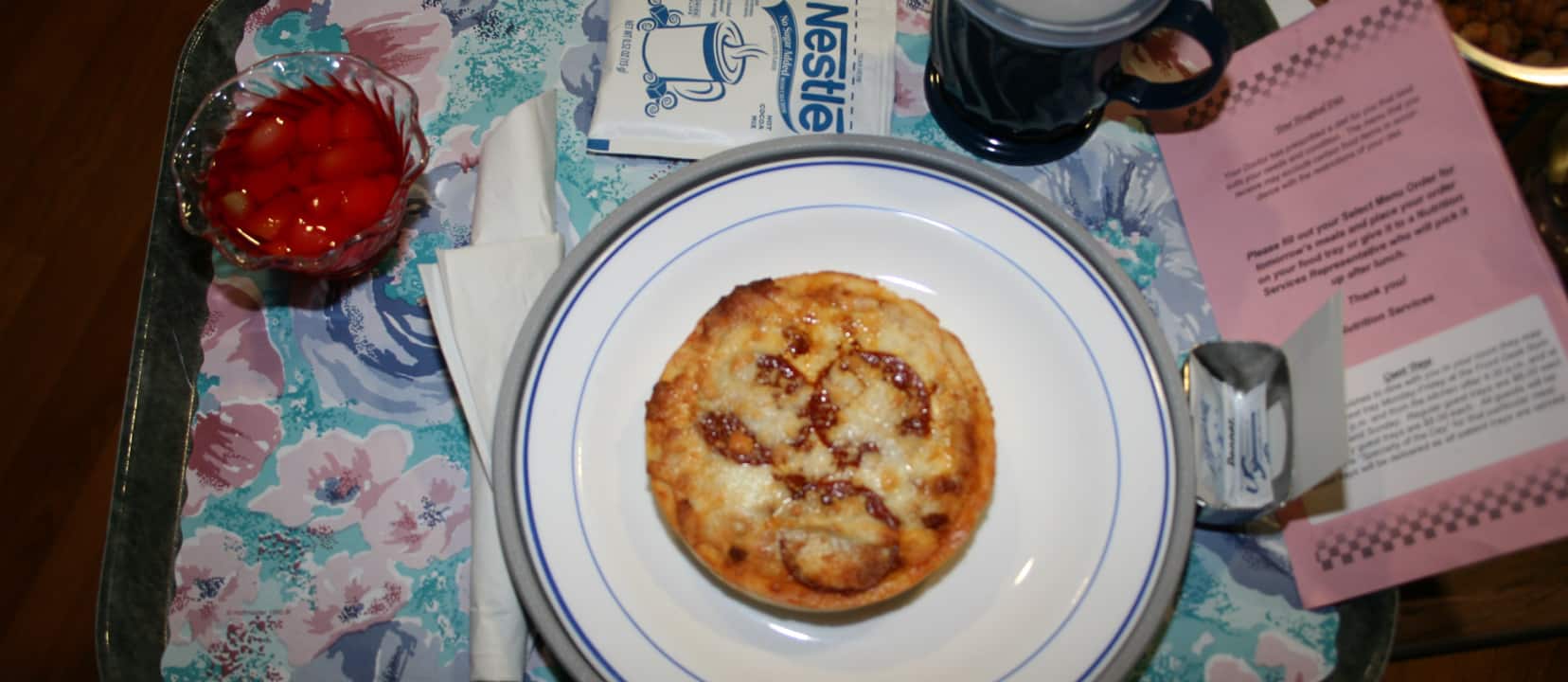
The food industry spends billions on advertising. Promotion costs for individual candy bars can run in the tens of millions. McDonald’s alone spends a billion dollars on advertising every year. Such figures dwarf the National Cancer Institute’s million dollar annual investment promoting fruit and vegetable consumption or the 1.5 million spent on cholesterol education. That McBillion goes a long way.
Children’s food preferences are being molded by McDonald’s even before they learn to tie their shoelaces. By the early age of three to five years, preschoolers preferred the taste of foods and drinks if they thought they were from McDonald’s. This was true even for carrots—baby carrots placed in a bag with McDonald’s logo reportedly tasted better. And if they get sick, children can continue to eat McDonald’s in the hospital.
Nearly 1 in 3 children’s hospitals have a fast food restaurant inside, leading parents to have more positive perceptions of the healthiness of McDonald’s food (See Hospitals Selling Sickness). They can also just buy the naming rights altogether: The Ronald McDonald Children’s Hospital, for example. In teaching hospitals, though, Krispy Kreme tops the list. Hospitals may wish to revisit the idea of serving high-calorie fast food in the very place where they also care for the most seriously ill.
This is reminiscent of the fight against tobacco back in the 1980’s when public health advocates made radical suggestions, such as not selling cigarettes in hospitals. By working to make our hospitals ultimately smoke-free, we become part of a global campaign to completely eliminate the tobacco scourge. The task is difficult, but so was eradicating smallpox. Maybe it’s time to stop selling sickness in hospitals.
For more on health entities appeasing the junk food industry, see my video Collaboration With the New Vectors of Disease. Even the Academy of Nutrition and Dietetics, the registered dietitian organization, has quite the shady history which I document near the end of my 2014 annual review presentation From Table to Able.
Even cynical me was surprised by my profession’s hostility towards nutrition. See:



